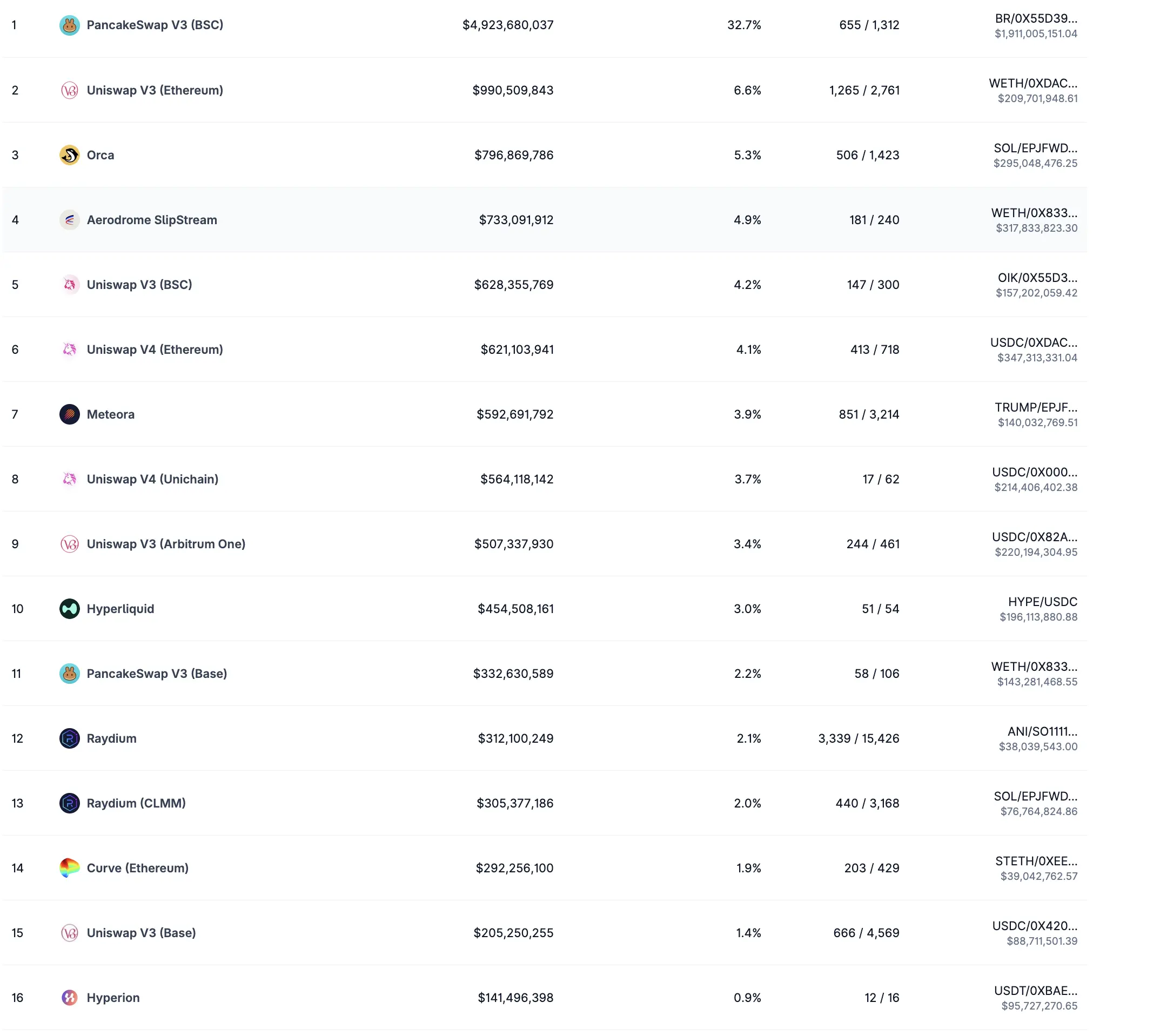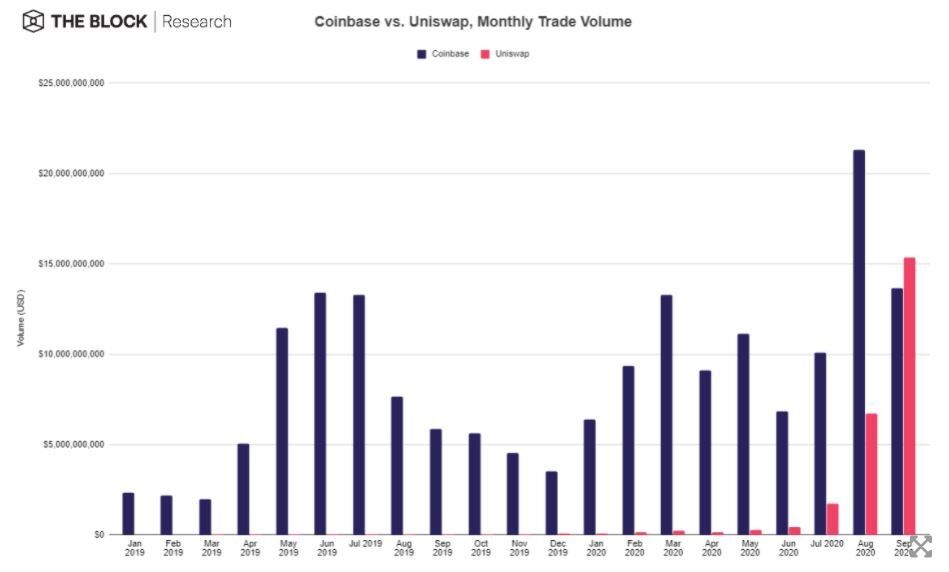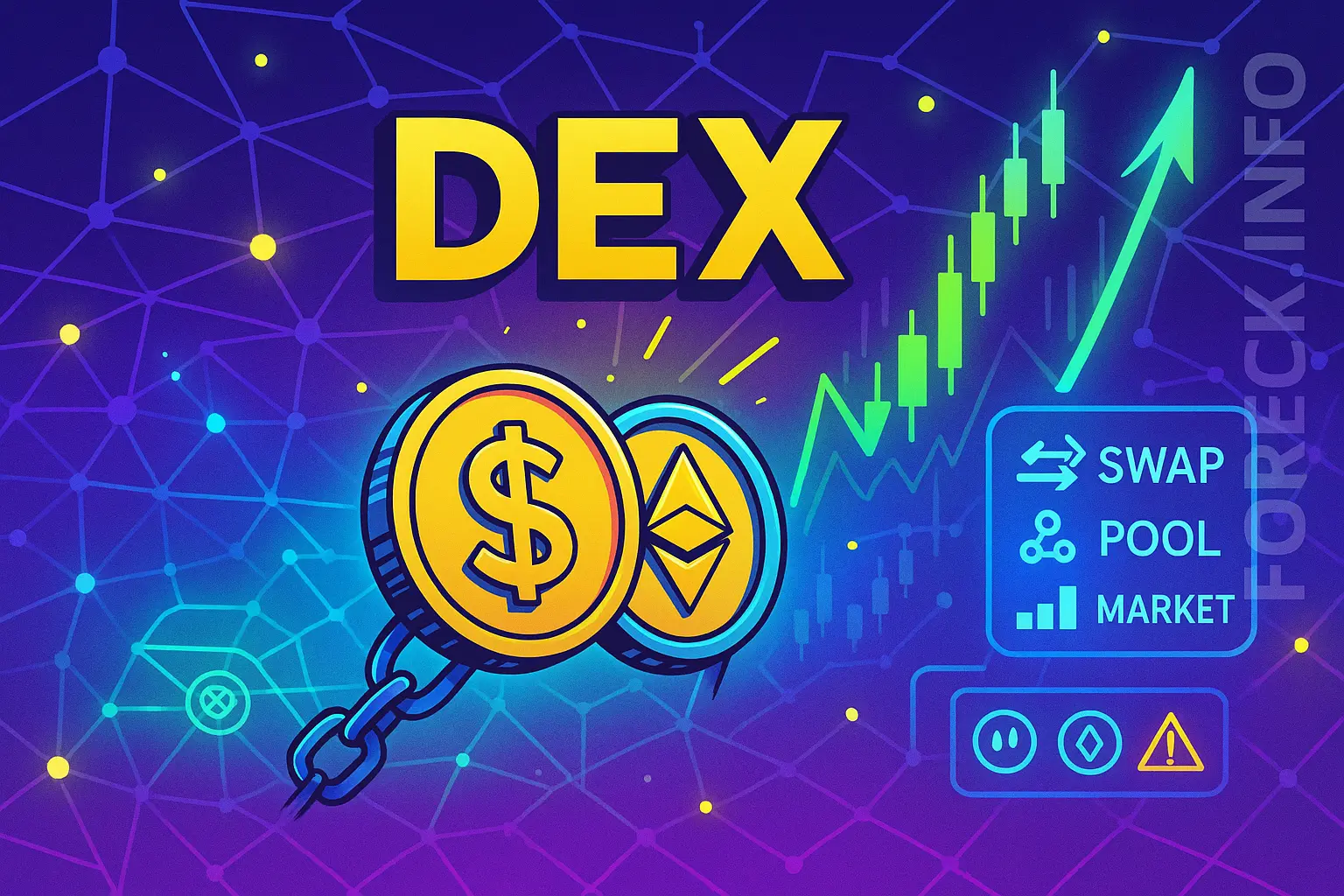Cryptocurrencies have gone mainstream, offering new possibilities for payments, investments, and protection from the shortcomings of traditional finance. Whether you’re buying Bitcoin for long-term holding, hedging with Ethereum, or experimenting with DeFi tokens, you’ll encounter the need to use an exchange—either centralized or decentralized. But what exactly is a decentralized exchange (DEX), and how does it transform the crypto landscape?
How Crypto Exchanges Work: The Foundation of Digital Asset Trading
A cryptocurrency exchange is an online marketplace for buying, selling, or swapping digital assets—either for fiat currency or other cryptos. Originally, crypto exchanges focused solely on matching buyers and sellers, but today’s platforms have evolved into complex financial hubs. Leading exchanges offer not just trading, but also custodial services (secure storage of funds), margin and derivatives trading, staking, lending, and even crypto-backed debit cards. Some have even formed partnerships with traditional banks and payment networks, letting users convert digital assets into fiat at ATMs worldwide.
For most users, exchanges are the entry point into the world of digital assets. Even after an initial purchase, you’ll often use an exchange again to swap tokens, rebalance a portfolio, or cash out profits. As a result, exchanges have become both a gateway and an essential infrastructure layer for the entire crypto ecosystem.
Centralized, Decentralized, and Hybrid: The Three Pillars of Crypto Exchanges
Centralized Exchanges (CEX)
Centralized exchanges like Binance, Coinbase, and Kraken are operated by companies that control the platform, set rules, and manage custody of user funds. Users trade via order books maintained on company servers, and must trust the operator with their assets. CEXs generally offer deep liquidity, a wide range of trading pairs, and features like advanced order types, margin trading, fiat gateways, staking, and customer support. They are also subject to government regulation, often requiring KYC (know your customer) verification.
 Top 10 Most Popular Decentralized Digital Asset Exchanges, According to CoinMarketCap. (as of 10, 10, 2025)
Top 10 Most Popular Decentralized Digital Asset Exchanges, According to CoinMarketCap. (as of 10, 10, 2025) However, centralized platforms present single points of failure. Hacks, regulatory shutdowns, or technical failures can lead to sudden loss of access or funds. Even top-tier CEXs have faced major security breaches, highlighting the risks of trusting third parties.
Decentralized Exchanges (DEX)
DEXs are peer-to-peer marketplaces that run on blockchains like Ethereum, Solana, or Binance Smart Chain. Unlike CEXs, they have no central operator: all trades are settled directly between users using smart contracts. DEXs typically don’t require user accounts, KYC, or custody of funds—users trade directly from their wallets, keeping control over their private keys at all times.
Examples of leading DEXs include Uniswap, SushiSwap, PancakeSwap, dYdX, and Curve. These platforms have pioneered innovations like automated market makers (AMMs), liquidity pools, and on-chain order books, dramatically reducing barriers to trading and enabling truly permissionless finance.
Hybrid Exchanges
Some exchanges aim to blend the strengths of both models. Hybrid exchanges may offer a decentralized backend for trade settlement, while using centralized services for order routing or fiat onboarding. This approach seeks to balance security, compliance, and user experience.
How Does a Decentralized Exchange Work?
DEXs use smart contracts—self-executing code stored on a blockchain—to automate trading, order matching, and settlement. The absence of a central party eliminates the need for trusted intermediaries. Instead, DEXs rely on cryptographic proofs, distributed networks of validators, and open-source protocols.
- Automated Market Makers (AMM): Most modern DEXs use AMMs, such as Uniswap, where liquidity providers deposit pairs of tokens into pools. Traders swap assets directly with these pools, with prices determined by mathematical formulas (like the constant product formula x*y=k).
- Order Book DEXs: Some DEXs use on-chain or off-chain order books. Examples include dYdX and Serum. These platforms may offer more advanced trading features, like limit orders, but require greater technical infrastructure.
- Cross-Chain DEXs: Innovative DEXs are now enabling swaps between assets on different blockchains using atomic swaps or bridging protocols, expanding the range of available trading pairs beyond a single network.

Types of DEXs by Blockchain and Asset Support
Some DEXs are native to a single blockchain (e.g., Uniswap for Ethereum and ERC-20 tokens). Others, like THORChain or 1inch, aggregate liquidity across multiple chains or enable swaps between assets like Bitcoin, Ethereum, and stablecoins. The design determines which tokens can be traded and the level of decentralization.
- Single-Chain DEXs: Built on and for a specific blockchain, limited to that network’s tokens.
- Multi-Chain & Aggregator DEXs: Offer access to liquidity from many sources and blockchains, improving efficiency and user choice.
Pros and Cons: DEX vs CEX
Advantages of DEXs
- Self-Custody & Security: Users control their funds; there’s no central server for hackers to target.
- Privacy: No KYC, no registration, and minimal data collection means more user privacy and less risk of personal data leaks.
- Permissionless & Global: Anyone, anywhere can participate, regardless of location or local banking restrictions.
- Censorship Resistance: Without a central operator, DEXs are less vulnerable to government censorship or shutdowns.
- Innovation: Rapid evolution of features (e.g., yield farming, liquidity mining, synthetic assets) due to open protocols.
Disadvantages of DEXs
- Lower Liquidity: DEXs often have smaller order books and higher slippage compared to leading CEXs, especially for large trades or exotic pairs.
- Limited Features: Many DEXs lack fiat on-ramps, advanced order types, leverage, or integrated analytics tools common on CEXs.
- User Experience: DEX interfaces can be more complex for beginners, requiring management of wallets and private keys.
- Gas Fees & Network Congestion: Trading on popular blockchains can be expensive and slow during periods of high network activity.
- Regulatory Challenges: Lack of oversight means reduced investor protection, less transparency, and uncertain compliance with local laws.
 Comparison of Uniswap and centralized platform Coinbase trading volume, according to research from Dune Analytics and CryptoCompare. Chart: The Block
Comparison of Uniswap and centralized platform Coinbase trading volume, according to research from Dune Analytics and CryptoCompare. Chart: The Block Why DEX Adoption Faces Obstacles
Despite their benefits, DEXs face major hurdles to mass adoption. Many users need seamless fiat ramps, margin trading, lending, and other services that remain the domain of CEXs. Low liquidity and high slippage can make large trades costly. Institutional investors, who require regulatory clarity and transparency, are often reluctant to use DEXs due to compliance and auditability issues.
In addition, decentralized platforms can be targets for sophisticated exploits in smart contract code, and lack of customer support means users bear all the risk of mistakes or lost funds.
Current State and Future Outlook for DEXs
The gap between CEXs and DEXs is narrowing fast. Major DEXs like Uniswap and Curve now routinely handle billions in daily trading volume, with innovative protocols rolling out new features at a rapid pace. Hybrid and aggregator solutions are making it easier to access deep liquidity and better prices across platforms. Regulatory scrutiny is rising, but so is the pace of decentralized innovation.
Ultimately, DEXs are likely to coexist alongside CEXs, each serving different needs—from privacy-focused DeFi users to large institutional traders. As the DeFi ecosystem matures and bridges to the real economy, decentralized exchanges will play a foundational role in the future of digital assets.




